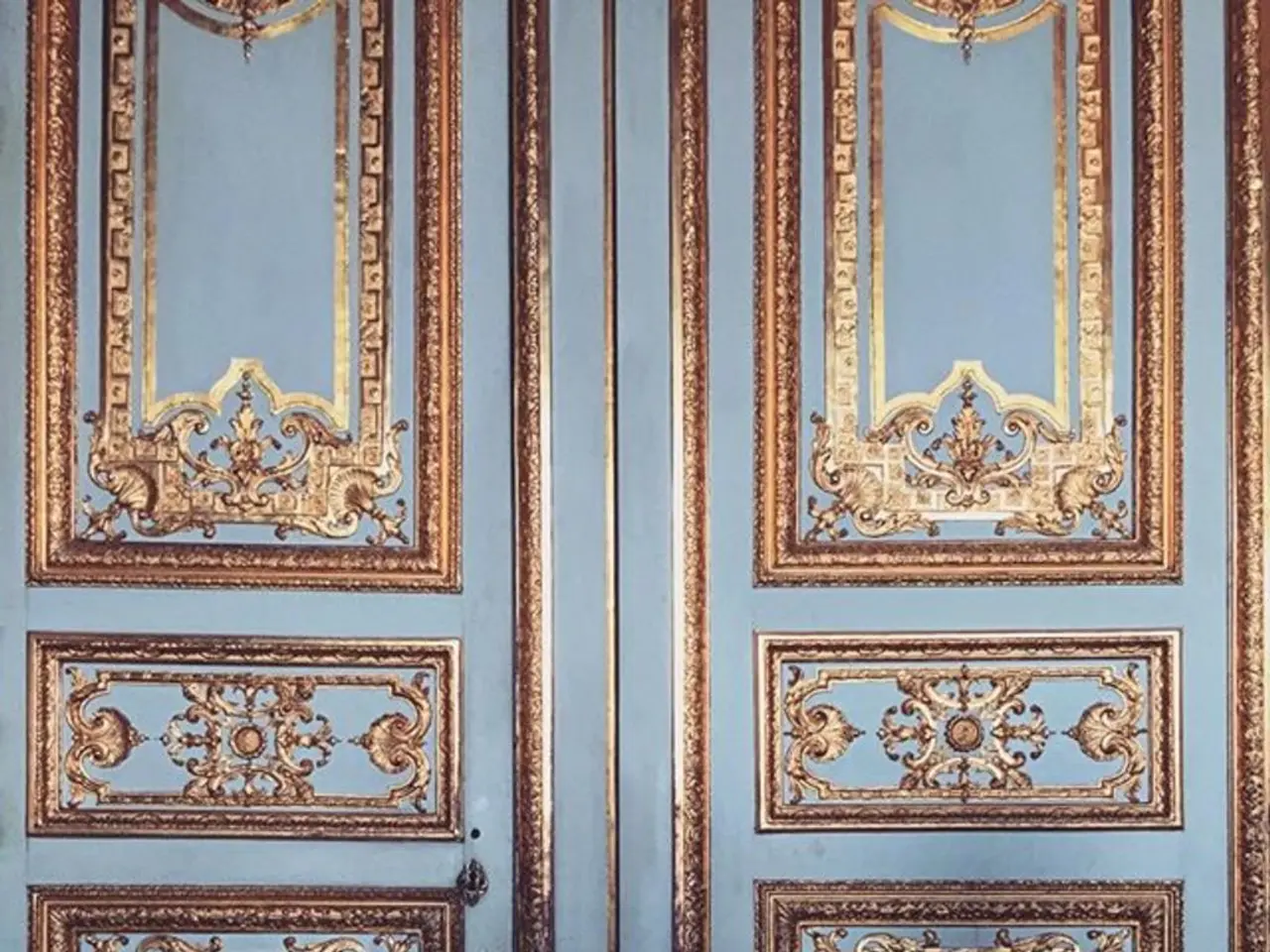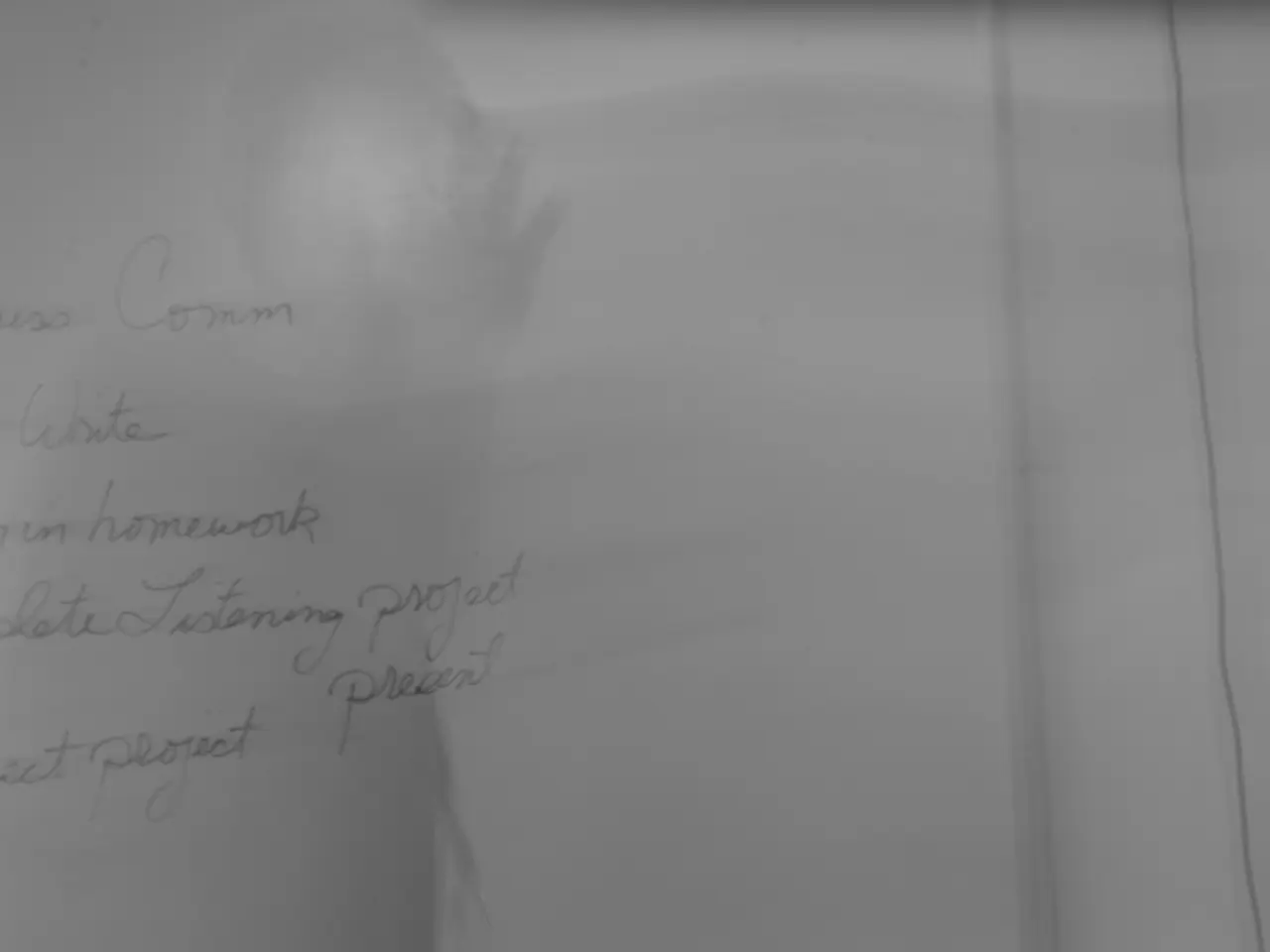Skeuomorphism's reign has met its end, but long live skeuomorphism in a revamped form!
In the ever-evolving world of technology, design trends come and go, but some make a significant comeback, such as skeuomorphism. This design concept, which first took shape in the 1980s, is experiencing a resurgence in 2025, particularly in the realm of smartwatch design.
Skeuomorphism, a term that refers to objects in software mimicking their real-world counterparts, is no longer the cluttered, overly detailed design style of the past. Instead, it has evolved into a style often called "skeuomorphic minimalism." This modern take on skeuomorphism blends realistic textures with minimalist, clean layouts, creating a balance that adds depth and familiarity to flat screens without overwhelming the interface.
This approach is particularly valuable for smartwatches, where simplicity and clarity are crucial. By incorporating subtle, tactile visual cues that resemble physical controls or materials, smartwatches become more intuitive, allowing users to quickly understand functions through familiar metaphors.
The future of smartwatch design lies in this balanced approach — combining minimalist functionality with a layer of depth and realism. This contrasts with past trends that leaned heavily toward flat or ultra-minimalist designs. Apple's introduction of "Liquid Glass" at WWDC 2025 suggests that innovators are actively exploring such new skeuomorphic techniques that break conventional rules while aiming to enhance user engagement and device interaction.
While the longevity of this trend is uncertain, it's clear that skeuomorphism is currently resurging as a nuanced, minimalist-enhanced design trend that smartwatches are likely to embrace to make their interfaces more intuitive and visually appealing without cluttering the tiny displays.
From the faces designed to resemble traditional watch faces to the smartwatches themselves, which can be considered skeuomorphic as they mimic the analogue watch experience, this return to skeuomorphism marks a gentle transition before a new form of iconic design arises for future generations.
As we navigate this resurgence of skeuomorphism, it's important to remember its roots and the role it played in helping a generation navigate the learning curve of the digital era. Despite the shift towards flat design, some elements of skeuomorphism still exist in modern design, such as the camera icon in iOS 7.
Whether skeuomorphism will never truly go away in design, as Kelsey Campbell-Dollaghan argues, or whether it will continue to evolve and adapt, one thing is certain: the return of skeuomorphism in smartwatch design is making our digital world a little more familiar and intuitive.
- The smartwatch design of 2025 is embracing a nuanced and minimalist form of skeuomorphism, which marries realistic textures with clean layouts to create interfaces that are both familiar and clutter-free.
- The resurgence of skeuomorphism in the world of technology, notably in smartwatch design, enriches user experience by incorporating tactile visual cues reminiscent of physical controls or materials, enhancing intuitive interaction and engaging users.




